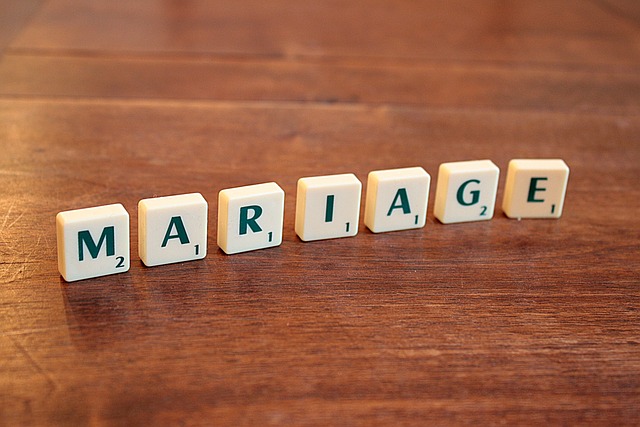Defective children's products pose significant risks, leading to injuries, health issues, and even fatalities due to their size and lack of awareness. Governments worldwide have responded by implementing stringent regulatory frameworks, including product liability laws and consumer protection acts, to protect young consumers from faulty items. These regulations hold manufacturers accountable, maintain safety standards, and enable consumers to file complaints or seek compensation through legal avenues with the help of specialized lawyers.
In today’s market, ensuring the safety of children’s products is paramount. This article explores government regulations addressing defective children’s products, a crucial aspect of consumer protection. We delve into the definition and impact of such defects, highlighting their potential consequences on young users. Furthermore, we examine the regulatory framework designed to safeguard young consumers, emphasizing enforcement mechanisms, responsibilities of manufacturers and retailers, and the rights of parents and caregivers. Understanding these regulations is essential for fostering a safer environment for children.
- Understanding Defective Children's Products: Definition and Impact
- Regulatory Framework for Protecting Young Consumers
- Ensuring Safety: Enforcement, Responsibilities, and Consumer Rights
Understanding Defective Children's Products: Definition and Impact

A defective children’s product is any item designed or intended for use by children that does not meet the safety standards set by government regulations. These products can range from toys and clothing to furniture and equipment used in schools or daycares. The impact of such defects can be severe, leading to injuries, long-term health issues, and even fatalities. Children, due to their smaller size and lack of awareness, are more vulnerable to harm caused by poorly designed or manufactured goods.
Understanding the scope of defective children’s products is crucial in light of the potential consequences. Incidents ranging from slip and fall injuries in schools to nursing home abuse involving inadequate equipment highlight the far-reaching effects of product defects. Moreover, breaches of fiduciary duty by manufacturers or caregivers can exacerbate these issues, emphasizing the need for stringent safety measures and oversight to protect young users.
Regulatory Framework for Protecting Young Consumers

In response to the increasing concern over the safety of defective children’s products, governments worldwide have established robust regulatory frameworks to protect young consumers. These regulations are designed to ensure that manufacturers adhere to strict standards in product design, production, and labeling, thereby minimizing potential hazards associated with faulty items. The primary objective is to safeguard children from injuries or worse, caused by products that do not meet the required safety criteria.
The regulatory landscape varies across jurisdictions but generally involves a combination of laws and guidelines. These encompass product liability regulations that hold manufacturers accountable for any defects leading to harm, consumer protection acts that prohibit misleading marketing and ensure transparent product information, and specific rules tailored to children’s products, considering their unique vulnerabilities. In case of a breach of these regulations, individuals may seek legal counsel from elder law specialists or accident lawyers to understand their rights and pursue necessary actions, ensuring accountability and compensation for any adverse effects stemming from defective children’s products.
Ensuring Safety: Enforcement, Responsibilities, and Consumer Rights

When it comes to ensuring safety for defective children’s products, government regulations play a pivotal role. These rules are designed to enforce strict standards, holding manufacturers and distributors accountable for any hazardous items that enter the market. The primary objective is to safeguard consumers, especially children, from potential risks and injuries associated with flawed or dangerous goods. Government agencies conduct regular inspections and tests to verify compliance, utilizing their expertise to identify defects and mitigate risks.
Consumers have a range of rights when it comes to defective children’s products. They can file complaints with regulatory bodies, enabling authorities to investigate and take necessary actions against non-compliant entities. Additionally, affected individuals may seek accident compensation through legal channels if negligence on the part of manufacturers or caregivers leads to accidents or injuries. An experienced accident lawyer can guide consumers through this process, ensuring their rights are protected and providing them with the support they need for recovery.
The regulation of defective children’s products is a vital aspect of consumer protection, ensuring the safety and well-being of young users. By implementing stringent standards and oversight, governments play a crucial role in mitigating risks associated with faulty goods designed for children. Through comprehensive legislation, including clear definitions, enforcement mechanisms, and defined responsibilities, regulatory bodies empower consumers and hold manufacturers accountable. This, in turn, fosters an environment where product safety is prioritized, enabling parents to make informed choices and protecting the most vulnerable members of society from potential harm.






